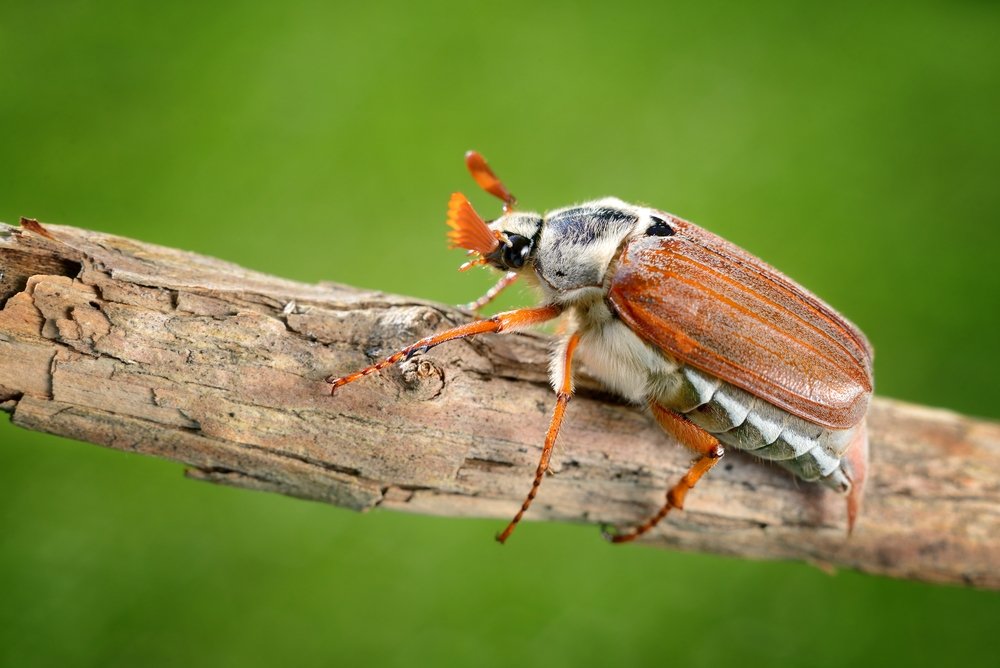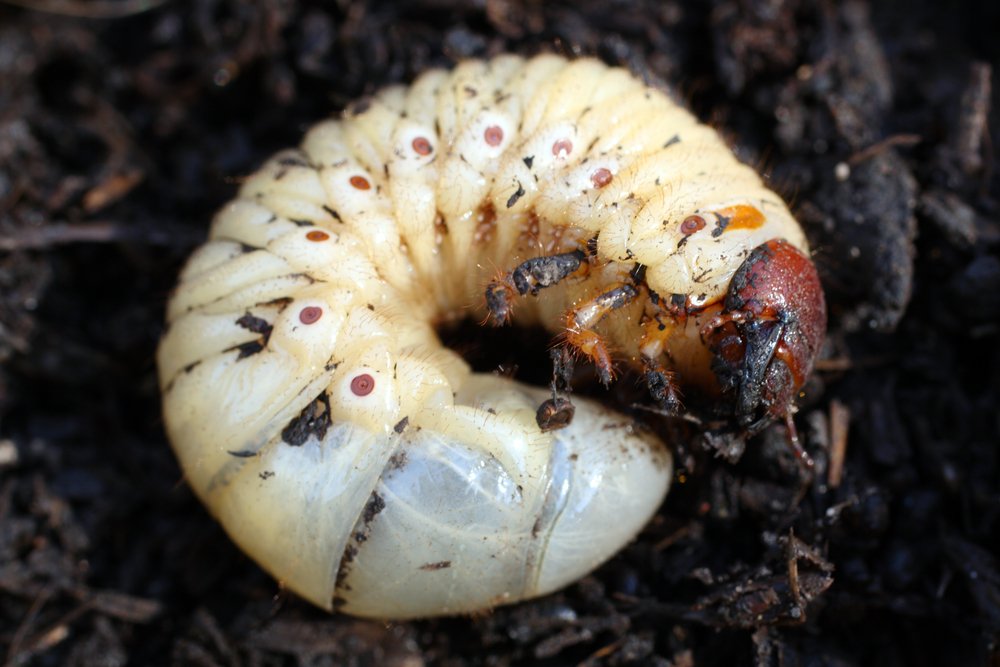Have you ever heard of the cockchafer beetle (Melolontha melolontha)? This species, commonly known as the Maybug or doodlebug is a fascinating creature that can be found throughout Europe and parts of Asia. The cockchafer has an intriguing appearance with its large size and distinct colouring. Its life cycle is equally interesting, from larvae to adult form. But it doesn’t end there – this species also plays an important role in our ecosystems by impacting plants through their feeding habits. In this article, we’ll explore all these aspects of the cockchafer beetle in detail so you can learn more about this amazing insect.
Overview
The cockchafer beetle (Melolontha melolontha) is a species of scarab beetle belonging to the family Melolonthidae. It is also known as the Maybeetle, Junebug or summer chafer and is found in Europe, North Africa and parts of Asia. The larvae are known as ‘white grubs’ due to their creamy-white colouring.
Cockchafer Appearance
The cockchafer beetle is a large, brown insect that can be found in gardens and woodlands across the UK. It has an oval-shaped body with long antennae and six legs. Its wings are covered by a leathery shell which gives it its characteristic appearance.
The adult cockchafer beetle is typically between 15 to 20 mm in length, and its colour ranges from light yellowish-brown to dark reddish-brown, depending on the species. The head of the beetle is slightly darker than its body, while its underside is usually lighter in colour.
Identifying this insect can be done easily by looking for two distinct features: a pair of spines located at the end of each wing cover, and three distinctive lines running down either side of their thorax (the middle section). Additionally, these beetles have small eyes located close together near their heads, as well as short antennae compared to other insects such as moths or butterflies.
Cockchafers also have unique markings on their backs which resemble stripes or spots depending on the species, helping to distinguish them from other similar insects such as crickets or grasshoppers which do not possess any such patterns on their bodies.

Habitat and Distribution
The cockchafer is most commonly seen in the springtime. Let’s take a closer look at its habitat and distribution:
Habitat
The cockchafer beetle prefers to live in wooded areas with plenty of vegetation, such as forests, meadows, parks and gardens. They are usually found near deciduous trees where they feed on leaves and flowers. In some cases, they may even burrow into the ground for protection from predators or extreme weather conditions.
Distribution
This species has a wide distribution across Europe extending from Ireland to Turkey and eastwards towards Russia. It can also be found in North Africa and parts of Asia, including China, Japan and Korea. In Britain, it is mainly confined to southern England, but there have been sightings further north in recent years due to climate change causing an expansion of its range.

Life Cycle Of The Cockchafer
The life cycle of this insect begins with eggs being laid by female beetles on tree bark or soil during late summer/early autumn months which then hatch into larvae after about two weeks depending on temperature levels at that time. These larvae will remain underground over winter before emerging as adults in early spring when temperatures begin to rise again; this process takes up to three years for completion depending on environmental factors such as food availability etc
Adult cockchafers have a lifespan of around six weeks, during which time they feed mainly on pollen and nectar from flowers like daisies and dandelions; however, some may also eat small insects such as aphids if available. During this period, males are particularly territorial, so watch out for any aggressive behaviour towards other male beetles.
Impact on Plants
Cockchafer larvae can cause considerable damage by feeding on root systems which weakens plants making them more susceptible to drought stress and disease infestations. In addition, large populations can strip entire fields bare, resulting in crop failure if left unchecked. This is especially true for vegetables such as potatoes or carrots, whose growth depends heavily upon healthy root systems for nutrient uptake from the soil.
Gardeners may notice wilting leaves or stunted growth due to an infestation of cockchafer larvae beneath the surface of their garden beds. To control these pests, it is important to identify affected areas quickly so that appropriate action can be taken before too much damage has been done. Insecticides are available but should only be used as a last resort since they may harm beneficial insects like bees while failing to address underlying issues such as poor drainage or compaction, which could have caused an outbreak in the first place.

Summary
The cockchafer beetle (Melolontha melolontha) is a fascinating insect that can be found in many parts of the world. It has an interesting life cycle, and its larvae can cause significant damage to plants. Although it may not be as well-known as other species, understanding this creature’s behaviour and ecology is essential for anyone interested in wildlife observation or research. With the right knowledge and gear, you’ll be able to observe these beetles up close and appreciate their unique features.

Ash is a contributing author who has been writing about wildlife for as long as he can remember. He has a vast knowledge of many different types of animals, from the tiniest shrews to the great whales that live in the deepest oceans.
